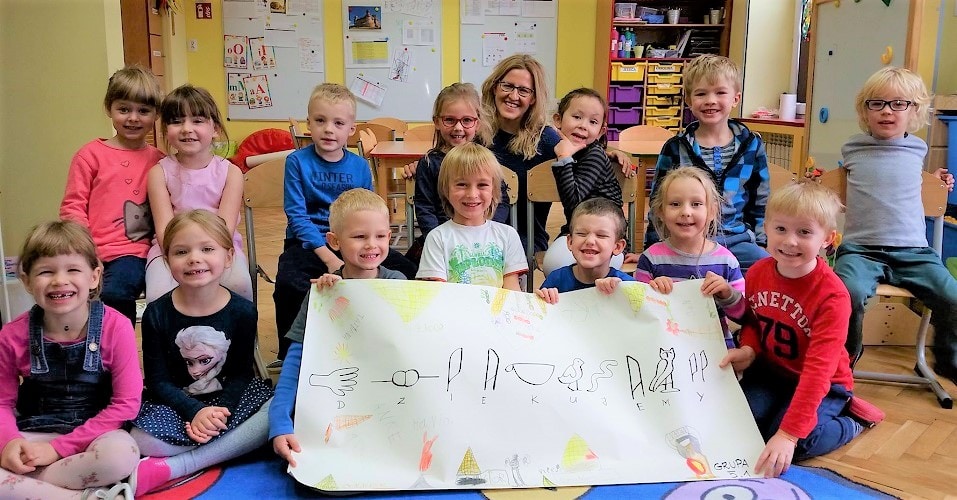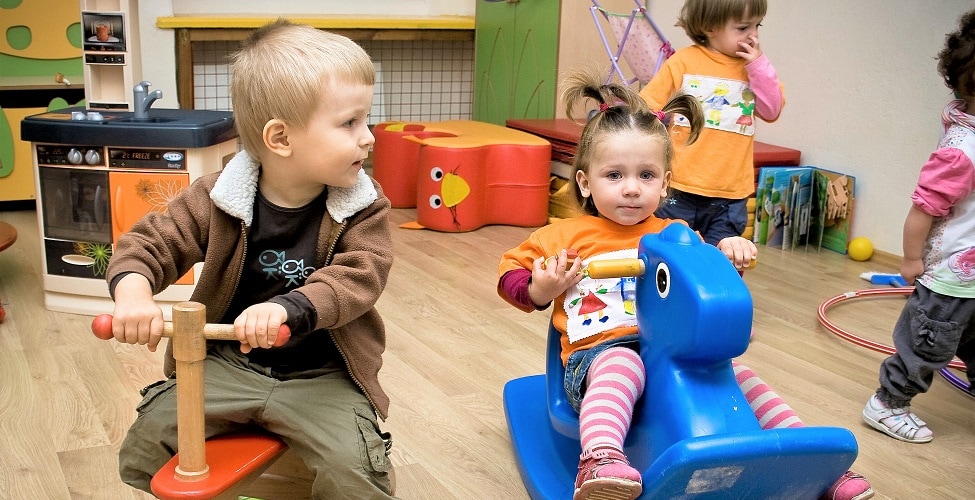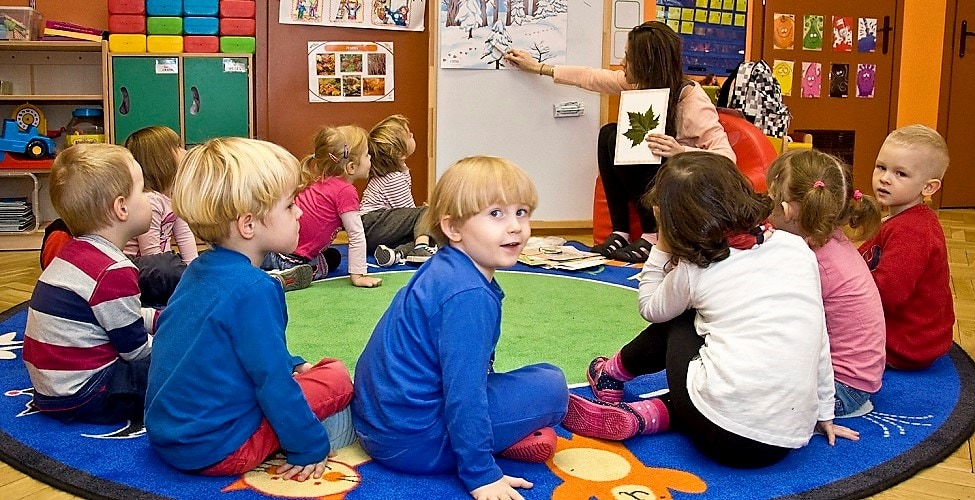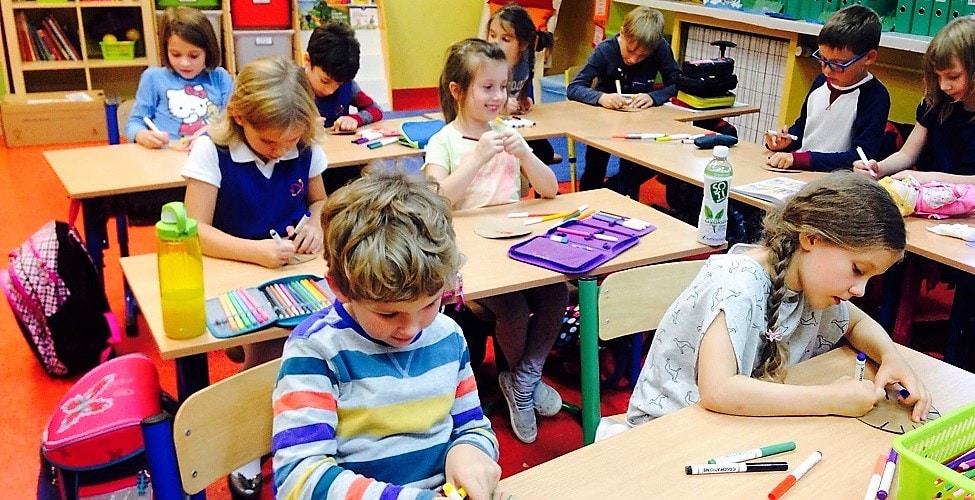When is The Best Time to Start Foreign Language Learning for Children?
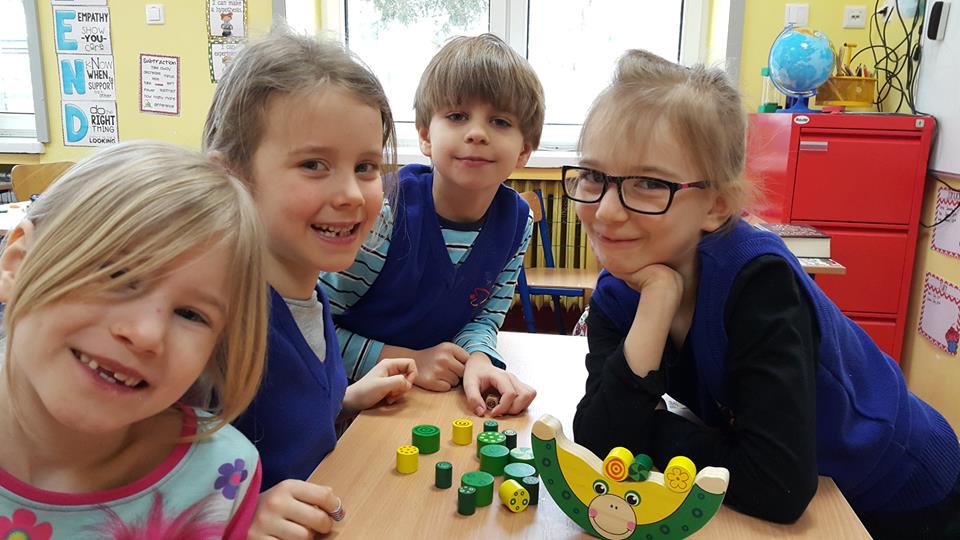
Learning a foreign language is possible at any age! However, the earlier your child is exposed to the language (or better yet, languages!), the greater the chance that they will not only speak fluently but even think in that language.
Foreign language learning can take place in two basic ways – successively or simultaneously. Successive language learning occurs when a foreign language is introduced to the child only after they have mastered their native language (usually not before the age of four or five).
Simultaneous language learning is the basis of bilingualism. Bilingualism, and even trilingualism, can arise from environmental factors or be part of a properly designed education where a foreign language is introduced before the child’s third birthday.
When should you teach your child English? How should foreign language learning progress for children?
Age and natural curiosity facilitate rapid learning Children are naturally curious about the world and everything around them. They absorb knowledge and learn new skills with immense enthusiasm. Learning another language or multiple languages often comes easily to them.
Children spontaneously learn new words and phrases by using them in context. They are not limited by barriers or fears of making mistakes, which often arise in older children, adolescents, and adults. As a result, in appropriately planned language education systems (such as in trilingual preschools), young children quickly start speaking and thinking in the target language.
Experts indicate that the best time to start foreign language learning for a child is during early childhood, between the ages of three and seven. This developmental stage is characterized by the brain’s immense plasticity and the organs responsible for hearing and speech. This makes it significantly easier for children to grasp the phonological system compared to adults.
Language acquisition at a young age There are many theories about language acquisition, both for native and foreign languages. Most contemporary researchers acknowledge that these theories complement each other, and relying solely on one of them (such as the critical period hypothesis) can lead to erroneous conclusions (such as assuming that achieving native-like fluency in a new foreign language is impossible after reaching maturity).
However, it is a fact that the more language acquisition conditions resemble the circumstances of acquiring a native language, the better! The similarity between both processes translates into the effectiveness of foreign language learning and increases the chances of achieving complete success.
Similar language acquisition conditions can naturally occur in bilingual families but also in modern childcare and educational facilities.
It should be emphasized that bilingualism, and even more so trilingualism, have a positive impact on the holistic development of a child, including their cognitive abilities, creativity, and logical thinking.
Language learning should be fun, not forced. Remember that children learn best when they don’t realize they are learning! The key to effective language learning for children is education through play and immersion, which means complete “submersion” in the language. The chosen foreign language can be integrated into various activities and used as the language of communication.
There’s nothing stopping you from incorporating language education into art or music classes, as well as during sports or theater activities. The foreign language can be used for daily life and essential tasks. Foreign language learning for young children should be associated with enjoyable experiences – it’s worth avoiding boredom and setting overly high demands at all costs!

